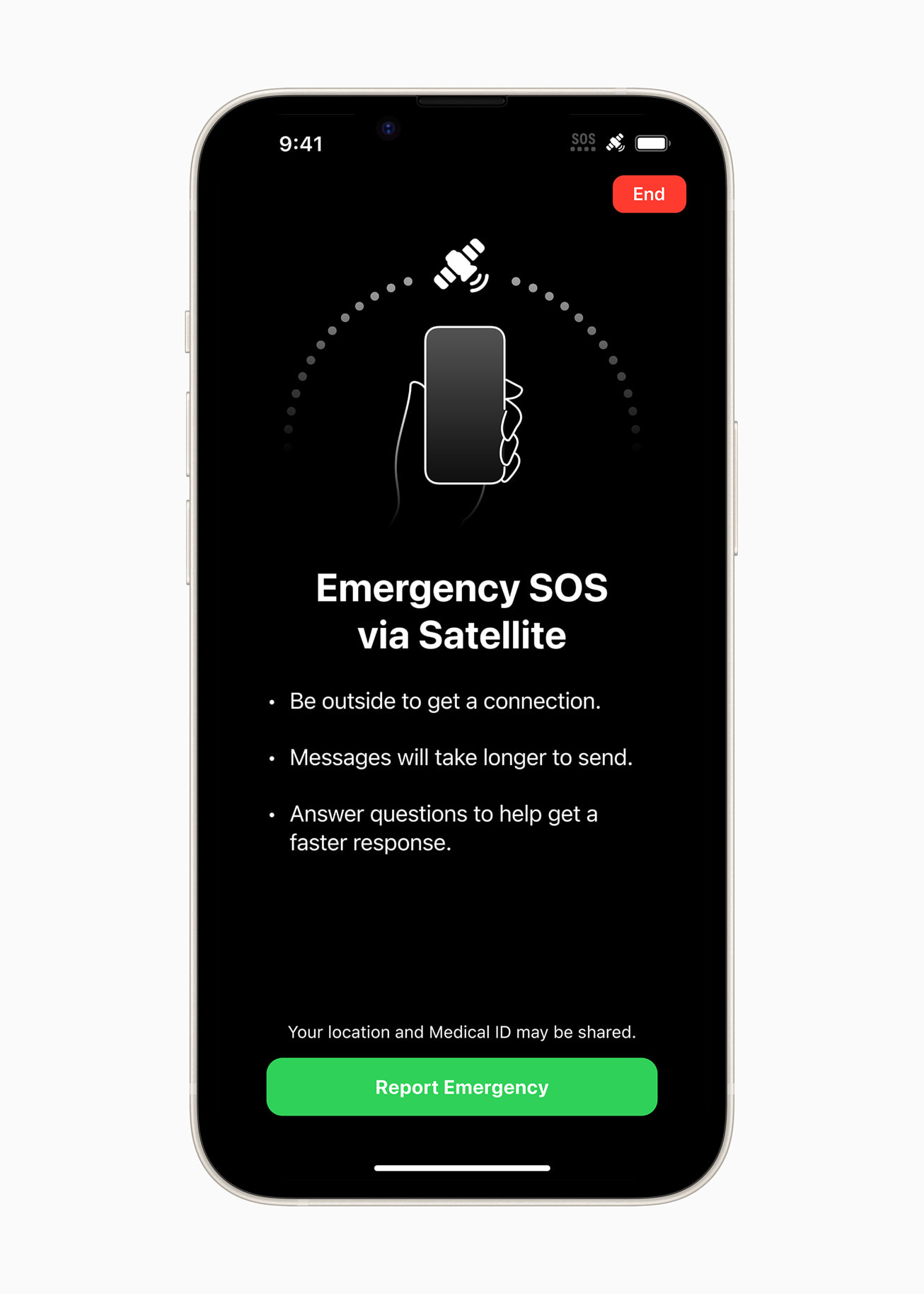Qualcomm Partners Iridium For Satellite-Based Messaging On Android

Bye-bye mobile not-spots? Partnership will deliver satellite-based messaging for premium handsets running Android OS
The Android ecosystem will also soon be able to take advantage of satellite connectivity when users are out of range of Wi-Fi or cellular networks, in so called mobile ‘not-spots.’
Iridium Communications announced it has entered into an agreement with Qualcomm Technologies to enable satellite messaging and emergency services in smartphones powered by Snapdragon Mobile Platforms.
It comes after Apple launched in November 2022 a similar connectivity feature allowing iPhone 14 models to send emergency messages via satellite in some countries such as the United States and Canada.
Apple said it would extend this feature to the United Kingdom, France, Germany, and Ireland in December 2022.

Snapdragon Satellite
Those Apple iPhone handsets also contain a Qualcomm chip that can talk to satellites when there is no Wi-Fi or cellular data connection.
And now Android handset users will be able to enjoy similar coverage thanks to the partnership between Qualcomm and Iridium Communications.
Essentially, high-end Android handsets powered by Snapdragon Mobile Platforms will have this connectivity feature, thanks to the Iridium satellite constellation.
Emergency messaging using Snapdragon Satellite is “expected to debut starting in the second half of 2023 in premium Android smartphones launched in select regions.”
As opposed to selecting a single smartphone manufacturer, Iridium’s collaboration with Qualcomm Technologies is aimed to support satellite services into a variety of smartphone brands and has the potential to expand to other consumer devices in the future.
Mobile not-spots
“While some have been expecting we would be integrating our system into a specific smartphone, what we’ve done is so much bigger,” said Matt Desch, CEO, Iridium.
“Working with a mobile technology leader such as Qualcomm Technologies and their powerful Snapdragon platforms allows Iridium to serve the smartphone industry horizontally – and offers us an opportunity to enable other consumer and vehicular applications in the future,” said Desch. “This supports our larger vision of connecting people and things on the move, anywhere!”
“Snapdragon Satellite is another step in achieving our vision, enabling OEMs and other service providers with global coverage and satellite messaging capabilities,” added Durga Malladi, senior vice president and general manager, cellular modems and infrastructure at Qualcomm.
The move to improve mobile connectivity comes after the two firms revealed that approximately 85 percent of the world’s surface is without cellular coverage.
Indeed it is estimated that well over half a million square miles of the US, in addition to vast stretches of ocean, are untouched by cell signals from any provider.
However Snapdragon Satellite-equipped smartphones will gain global connectivity, allowing for emergency messages or texting with friends and family from anywhere on the planet with a view of open sky.
Messages sent through the service will reach Iridium’s satellite network. They will then be communicated to the recipient or emergency services.
Garmin will reportedly co-ordinate emergency response services to users.
Snapdragon Satellite can also be enabled on other devices including laptops, vehicles and tablets, it added.
Starlink option
In August 2022 Elon Musk’s SpaceX and American mobile operator T-Mobile US announced plans to expand mobile phone coverage in the United States – via the use of Starlink satellites.

T-Mobile US teamed up with SpaceX and said it would use its Starlink satellite constellation to provide mobile users with network access in parts of the United States with no cellular coverage.
The development removes the need for the American mobile operator to install its own mobile towers, or use the towers of its rival mobile operators in areas where it has no mobile tower presence.